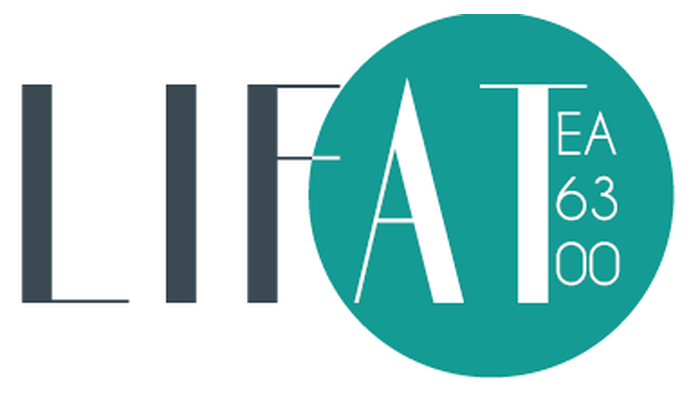Unitex Getting Started
Unitex Getting Started
Denis Maurel (Tours University, France) and
Cvetana Krstev (Language Resources and Technologies Society JeRTeh
and University of Belgrade, Serbia)



Aim of the book
The aim of this book is to help its readers to get started with Unitex. This book is suitable for beginners, but also includes entire sections to go further in mastering Unitex, sections indicated as "only for confident users".
It covers most of its possibilities, although not all of them. Namely:
Chapter 2 (First steps): Installing and starting to work with Unitex; use of dictionaries; creation of simple graphs...
Chapter 3 (Corpus annotation): Creation of complex graphs with output; use of weights; morphological mode...
Chapter 4 (CasSys): Creation of cascades of graphs; generalization graphs, negative right context, use of variables; testing variables...
Chapter 5 (Dictionary creation): Creation of dictionaries; inflectional graphs; dictionary graphs...
Chapter 6 (Other tools): Creation of graphs based on a lexicon-grammar; aligning texts.
Chapter 7 (Scripts): Creation of scripts.
This book proposes a large number of exercises and micro-projects that can be implemented step by step by following the text. The different chapters are relatively independent. For a user already familiar with Unitex, this book can be used differently, as a book of correct examples.
The book comes with a zipped file (MyUnitex.zip) including all correct files (graphs, cascades, dictionaries, scripts and so on) answering the exercises. The early chapters also include videos detailing the step-by-step construction of the graphs.
It covers most of its possibilities, although not all of them. Namely:
Chapter 2 (First steps): Installing and starting to work with Unitex; use of dictionaries; creation of simple graphs...
Chapter 3 (Corpus annotation): Creation of complex graphs with output; use of weights; morphological mode...
Chapter 4 (CasSys): Creation of cascades of graphs; generalization graphs, negative right context, use of variables; testing variables...
Chapter 5 (Dictionary creation): Creation of dictionaries; inflectional graphs; dictionary graphs...
Chapter 6 (Other tools): Creation of graphs based on a lexicon-grammar; aligning texts.
Chapter 7 (Scripts): Creation of scripts.
This book proposes a large number of exercises and micro-projects that can be implemented step by step by following the text. The different chapters are relatively independent. For a user already familiar with Unitex, this book can be used differently, as a book of correct examples.
The book comes with a zipped file (MyUnitex.zip) including all correct files (graphs, cascades, dictionaries, scripts and so on) answering the exercises. The early chapters also include videos detailing the step-by-step construction of the graphs.
Download the book
To download the book and the zipped file, you have to accept the Creative Commons CC-BY license.
Click here: Download the Unitex Getting Started book in PDF file (version 1 - June, 2024)
To install the MyUnitex folder, you need to follow two steps:
Click here: Download the Unitex Getting Started book in PDF file (version 1 - June, 2024)
To install the MyUnitex folder, you need to follow two steps:
- Click here: Download the MyUnitexToBeCompleted.zip file (version 1 - June, 2024) and unzip it.
- Click here: Download the ToCompleteMyUnitex.zip file (version 1 - June, 2024) and unzip it on the MyUnitex folder.
Comments, suggestions and questions may be sent to Unitex-Getting-Started AT univ-tours DOT fr
A hardware version is also available from Amazon, but it requires a fee.
A hardware version is also available from Amazon, but it requires a fee.
Cite the book
Denis Maurel, Cvetana Krstev. Unitex Getting Started. Independently published, 2024, ISBN 9798338757444. ⟨hal-04769290⟩.
